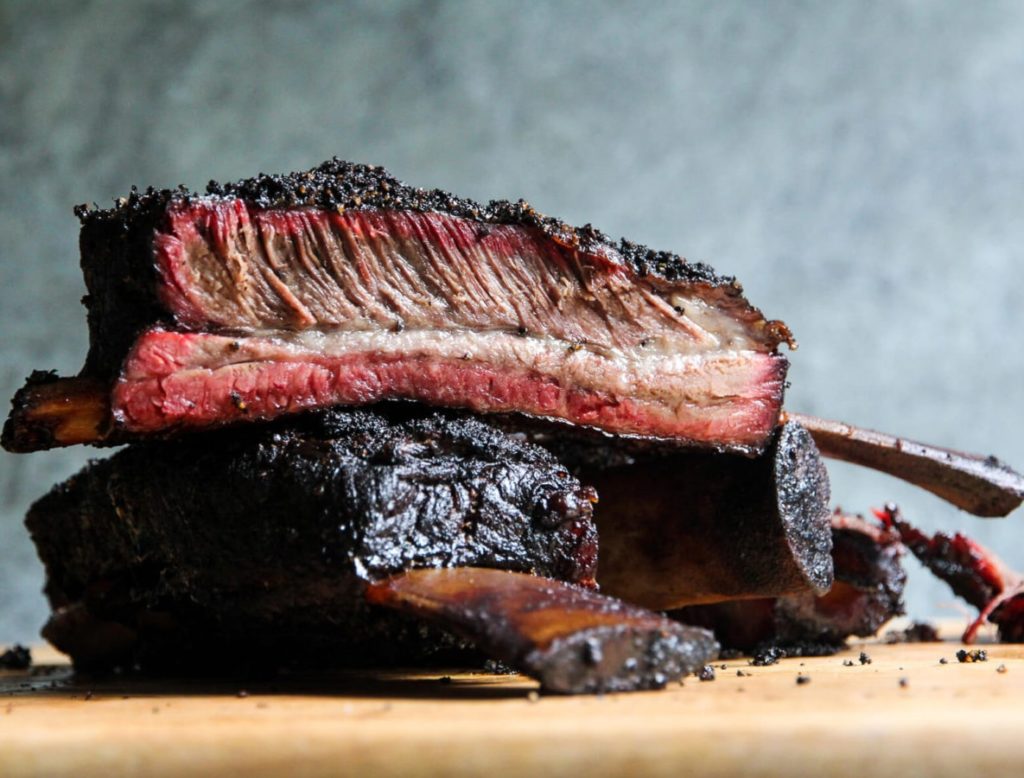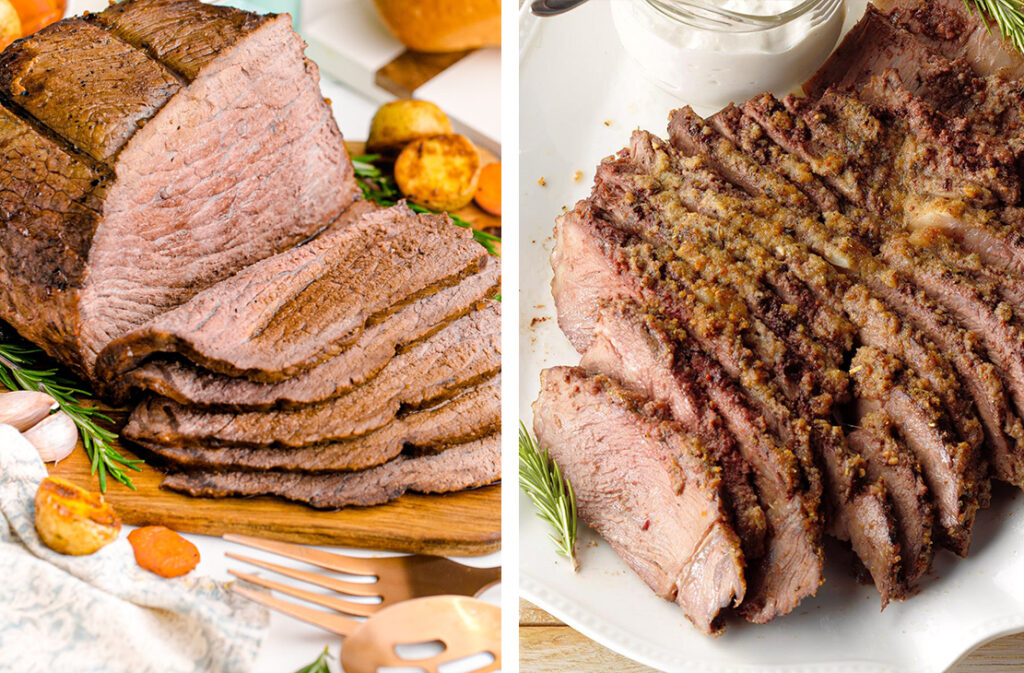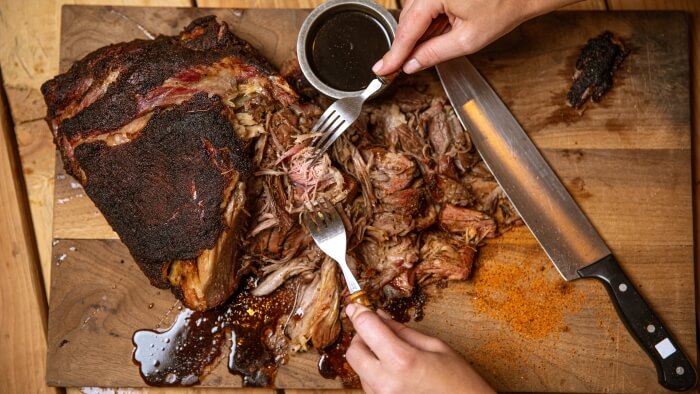

When it comes to chicken, it can be quite tricky to cook. If you’re not careful, you end up with a dry, rubbery texture. This is not a good thing. However, if you are aware of what causes the dry, rubbery texture, you can learn to avoid it. Also, there’s no need to toss it out if this does happen. There are plenty of things you can do to salvage it.
Here is one of the best appliances for cooking chicken indoors that we’ve found. On the other hand, if you wish to smoke your chicken on an outdoor smoker, consider using these smoking pellets.
When it comes to cooking chicken, there are several reasons why this might happen. One of the most common ones is overcooking. Another reason that chicken gets a rubbery texture is due to lack of moisture, which often is a result of being overcooked.
In some cases, chicken has white striping in it, which is actually fatty deposits. Chicken with this white striping is perfectly safe to consume, but it might have a rubbery texture if there is a lot of striping present.
The final reason why chicken might have a rubbery texture is due to “woody chicken breast.” This is not a very common thing, and the causes of this issue are not clear at this time. There is no threat to human health. The only issues that seem to be involved with “woody chicken breast” are the texture and appearance.
According to the experts, one of the best ways to ensure that you don’t start with rubbery chicken is to use kosher, organic, or slow-growing chickens. By the year 2024, the labels on chicken should indicate whether or not “slower-growing breeds” were used.
When it comes to cooking chicken Trusted Source Healthy chicken recipes | BBC Good Food Discover these delicious, good-for-you ways to cook chicken for a high protein midweek meal. Including healthy chicken salads, stews, soups, and skewers. www.bbcgoodfood.com , you can avoid ending up with a dry, rubbery texture. In this section, we’ll discuss some of the ways mentioned by KetoLifeHacker about how to salvage your dry, rubbery chicken:
Simply place the chicken in your crockpot and put water over the chicken- just covering the chicken. In addition to the water, you can add your choice of seasonings. Sea salt is recommended, as it will not only season the chicken but will also tenderize it. You can set the cooking time for 4 hours on high or 6 hours on low. While cooking it on high will definitely get it done, it can also result in overcooking if you don’t keep an eye on it or if you have thin cuts in the water. When the chicken is finished, remove it from the water one piece at a time. If the meat is on the bone, it should fall right off with no problems.
While the slow cooker method outlined above is the best way to fix your dry, rubbery chicken, not everyone has the luxury of being able to cook their meat for 6 hours. This is why we offer a solution of saltwater brine. This will help seal in the juices and flavor of your chicken, and the salt in the water acts as a tenderizer, which keeps the meat from getting too tough. Below, find the recipe to make the brine for this method:
Combine ingredients in stockpot and heat over medium to high heat until the salt dissolves. Allow cooling for 1 hour before adding chicken. Add chicken to brine and place in the fridge for 1 to 3 hours. Preheat grill to 350°. Drain chicken and dry off with paper towels. Sprinkle as desired with black pepper. Place on grill with garlic and cover for 5 to 7 minutes on each side until done. Remove from grill and allow to rest for 5 minutes before serving.
If you are in a hurry and still end up with dry, rubbery chicken after carefully taking steps to avoid it, you can always add gravy. After all, gravy fixes everything! The best way to do it is to dip the freshly cooked chicken into the chicken broth before cutting it up to be served. Once dipped and cut, add as much gravy as you’d like.
When you end up with dry, rubbery chicken, you don’t have to throw it out! Add a simple sauce: choose a sauce based on your preferences. Some popular choices are pesto, soy, or bbq. While this method will work best if you shred the chicken and add the sauce in with it, you can also serve the sauce on the side for dipping.
Make soup with it: chicken goes well in a variety of different types of soups, from chicken noodle to broccoli cheese- just about anything you can think of. Just chop it up and put it in the soup- or you can dunk it if you prefer.
Add to pasta: chop the chicken into pieces and add to pasta with some sauce. The sauce will help to moisten the chicken.
Quesadilla: cut or shred chicken and place on a tortilla, and cover with cheese. Then, place in a microwave or panini press to melt the cheese.
If you need a lighter option, you can chop the chicken up and use it as a topping on your salads. The moisture in the lettuce and the dressing will help to make up for the dryness of the chicken.
Dip it in something: anything you’d dip crackers or chips in can be used for a chicken dip. Try hummus, bean dip, salsa, anything you can think of.
Chicken Salad: if you’ve exhausted all of your options, consider making chicken salad with your dry, rubbery chicken. Whatever base you use will help add moisture to the chicken.
As we mentioned earlier, cooking chicken can be tricky Trusted Source BBC Radio 5 live - Naga Munchetty - Would you eat chicken grown in a lab? A Californian company has become the first in the world to sell cultured meat. www.bbc.co.uk . If you’re not careful, you end up with a dry, rubbery texture to your chicken. However, consider using some of these tips to avoid that and also keep in mind that it can be salvaged.





